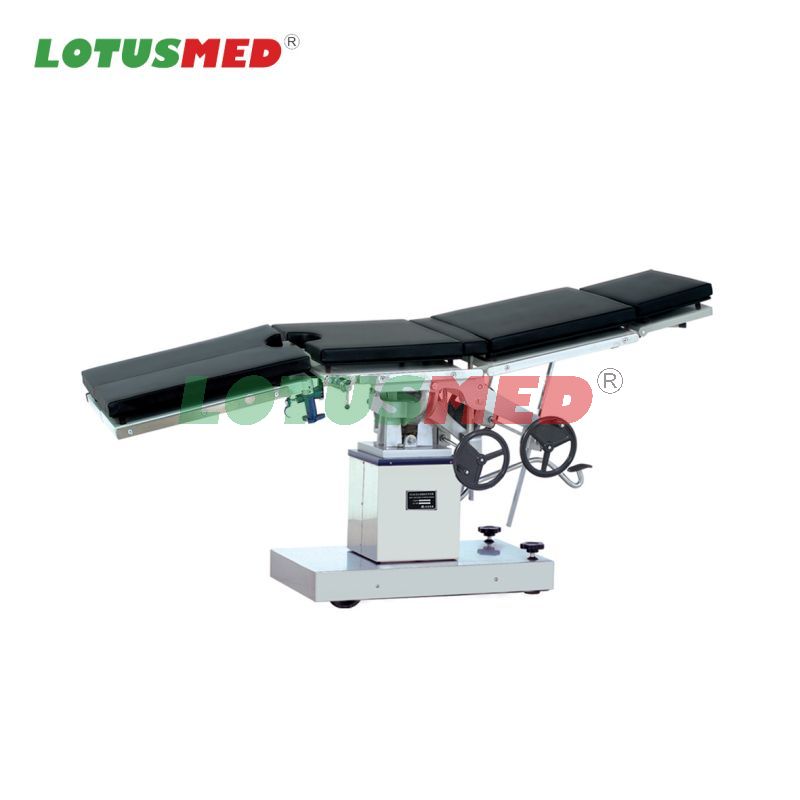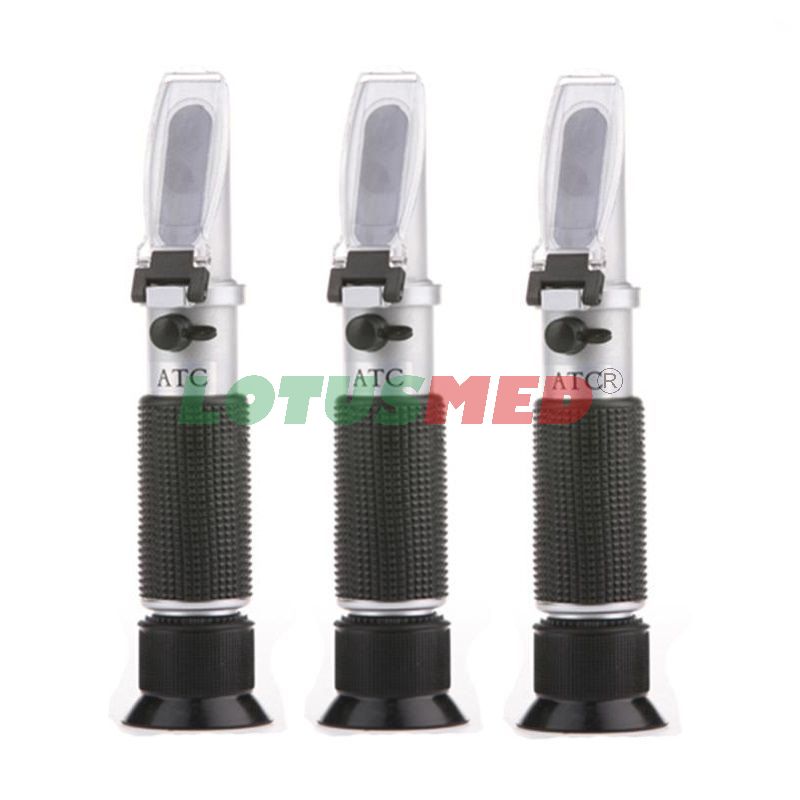
HSCR81005 MERCURY SPHYGMOMANOMETER
LOTUSMED HSCR81005 MERCURY SPHYGMOMANOMETER
MERCURY SPHYGMOMANOMETER HSCR81005
Sphygmomanometer is known as a blood pressure monitor, or blood pressure gauge, is a device used to measure blood pressure, composed of an inflatable cuff to collapse and then release the artery under the cuff in a controlled manner, and a mercury or aneroid manometer to measure the pressure.
Manual sphygmomanometers are used with a stethoscope when using the auscultatory technique.
A sphygmomanometer consists of an inflatable cuff, a measuring unit (the mercury manometer, or aneroid gauge), and a mechanism for inflation which may be a manually operated bulb and valve or a pump operated electrically.
The Advantages of Mercury Column Sphygmomanometer:
For some special patients, the effect of using a mercury sphygmomanometer may be better. It allows doctors to distinguish between the sound of a heart beating and the throbbing of blood vessels and determine whether the pressure is high or low.
Specifications:
Measure scope: 0-300mmHg
Accuracy: +/- 3mmHg
Sub-division: 2mmHg
I.D. of glass tube: 2.1+/-0.2mm
Aluminum case
Standard collocation: Nylon cuff with D- ring
PVC bladder and bulb
Color available: blue, grey, black
1 pc in a color gift box
Cuff material: nylon, cotton
Bladder and bulb: PVC, Latex
Method of using LOTUSMED HSCR81005 Mercurial Sphygmomanometer:
1. Reduce physiological changes during blood pressure measurement. Blood pressure measurement should be carried out in a quiet and warm room, ensure that the patient does not eat, smoke, drink coffee, or have a full bladder within a short period of time, and explain the method of blood pressure measurement to reduce the patient's anxiety.
2. When taking a seat, the client should rest his back against the back of the chair, keep his legs uncrossed and his feet flat. Whether the patient is sitting or supine, the midpoint of the upper limb should be at heart level and rest for 5 minutes after positioning.
3. Place the balloon in the center of the brachial artery and wrap it evenly and neatly around the arm. Place the lower edge of the balloon about an inch above the elbow.
4. Set the maximum expansion level (estimated systolic reading plus 30 mm hg is the maximum expansion level).
5. Quickly release the air in the sleeve and wait 30 seconds to inflate it again.
6. Insert stethoscope and make sure it is placed forward.
7. Place the tip of the stethoscope gently over the palpable brachial artery, but seal it, being careful not to place any part of the end of the stethoscope under the blood pressure cuff.
8. Inflate quickly to inflate the airbag to its maximum level.
9. Slowly release the air, so that the pressure to 2~3 mm/s smooth decline.
10. Systolic blood pressure (SYSTolic blood pressure) was recorded in stage one of the Two continuous sounds.
11. No immediate diastolic pressure was recorded during the Corleone stage.
12. Continue listening until you are below 10 mmHg diastolic pressure, and then deflate completely and quickly.
13. Wait a minute or two for a repeat blood pressure measurement in the same arm.

















